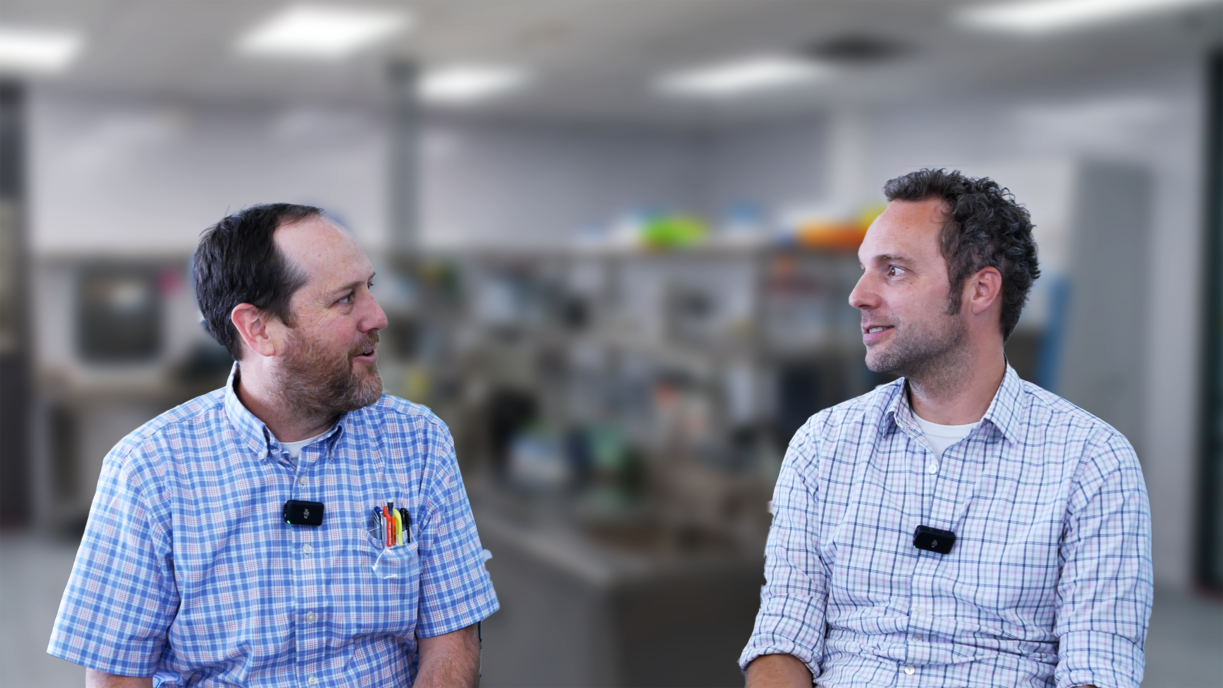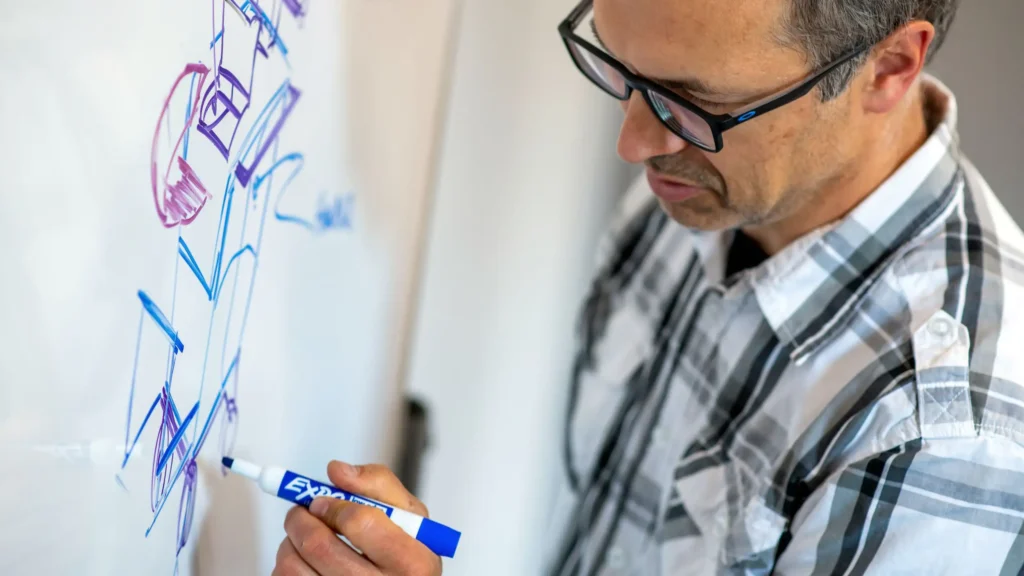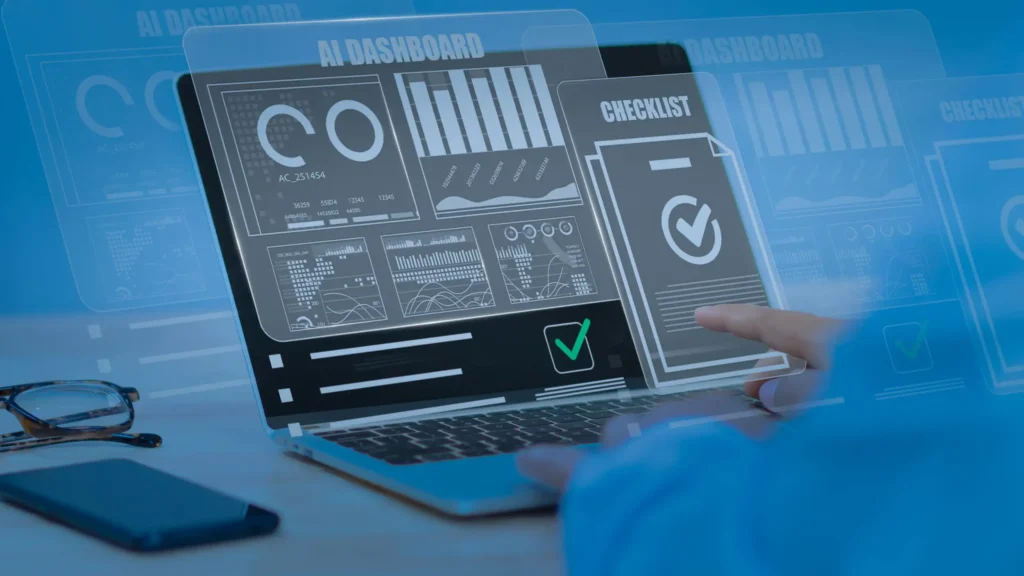
Bio Break: How much does it cost to develop a medical device?
What are the real costs of developing a medical device? In this episode of Bio Break, Nick and Joris dive into one of the most frequently asked questions they hear from clients: How much does it cost to develop a medical device?
When companies approach a product development firm like StarFish Medical, they usually bring a set of expectations around cost, timeline, and quality — what Nick calls the “holy trinity” of client expectations. But aligning these expectations with reality can be a challenge, especially for startups or first-time medical device entrepreneurs.
Nick and Joris explore what drives the cost of medical device development, from simple devices like tongue depressors to complex systems like MRI machines. They highlight that costs vary widely depending on the device type, how mature the technology is, and whether there are existing components to leverage.
For example, when a client already has a validated lab-developed test (LDT) and wants to turn it into a product like an ELISA kit or a lateral flow assay, the development cost can be relatively modest — potentially a few hundred thousand dollars. In contrast, developing entirely new technology — where the scientific principles haven’t been proven and significant technical uncertainties remain — requires larger teams and longer timelines, driving costs into the millions.
Joris also points out that leveraging off-the-shelf components and reusing existing technologies can help reduce costs, but when you’re inventing something truly novel, the cost of technical innovation quickly adds up.
Finally, they remind viewers that clinical trials, regulatory approvals, and manufacturing scale-up will introduce additional costs beyond early prototyping and design.
How much does it cost to develop a medical device?
Learn how StarFish Medical led a consortium that created a Ventilator 2.0 therapy device in record time.
Related Resources

Most sterile medical devices begin their journey long before anyone thinks about sterilization. Teams focus on function, usability, materials, and suppliers, then discover that sterilization constraints can reshape many of those early decisions.

After years of working with founders and technical teams, I have learned that early design missteps rarely come from engineering flaws. More often than not, they come from missing conversations.

Medtech founders operate with more constraints than most sectors. You are responsible for deep technical problem solving, high-stakes decisions, regulatory navigation, investor conversations, and a constant stream of operational tasks.

Consumer health prediction shapes more of daily life than most people realize. In this episode of Bio Break, Nick and Nigel explore how retail data can reveal health information without a person ever speaking to a clinician.
